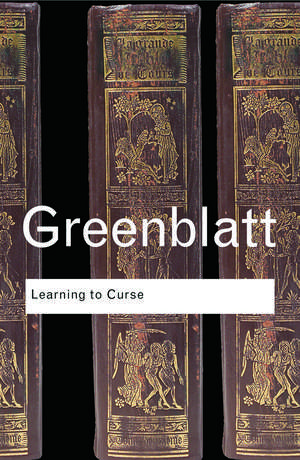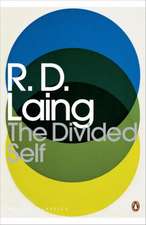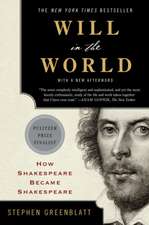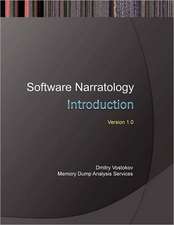Learning to Curse: Essays in Early Modern Culture
Autor Stephen Greenblatten Limba Engleză Paperback – 26 feb 2007
Learning to Curse charts the evolution of that approach and provides a vivid and compelling exploration of a complex and contradictory epoch.
| Toate formatele și edițiile | Preț | Express |
|---|---|---|
| Paperback (1) | 130.50 lei 3-5 săpt. | +12.36 lei 6-12 zile |
| Taylor & Francis – 26 feb 2007 | 130.50 lei 3-5 săpt. | +12.36 lei 6-12 zile |
| Hardback (1) | 654.00 lei 6-8 săpt. | |
| Taylor & Francis – 21 dec 2015 | 654.00 lei 6-8 săpt. |
Preț: 130.50 lei
Nou
Puncte Express: 196
Preț estimativ în valută:
24.97€ • 26.26$ • 20.63£
24.97€ • 26.26$ • 20.63£
Carte disponibilă
Livrare economică 27 martie-10 aprilie
Livrare express 12-18 martie pentru 22.35 lei
Preluare comenzi: 021 569.72.76
Specificații
ISBN-13: 9780415771603
ISBN-10: 0415771609
Pagini: 276
Ilustrații: 6 halftones
Dimensiuni: 129 x 198 x 20 mm
Greutate: 0.3 kg
Ediția:1
Editura: Taylor & Francis
Colecția Routledge
Locul publicării:Oxford, United Kingdom
ISBN-10: 0415771609
Pagini: 276
Ilustrații: 6 halftones
Dimensiuni: 129 x 198 x 20 mm
Greutate: 0.3 kg
Ediția:1
Editura: Taylor & Francis
Colecția Routledge
Locul publicării:Oxford, United Kingdom
Public țintă
General, Postgraduate, and UndergraduateRecenzii
'Greenblatt writes with modest elegance, is a superb scholar and researcher, and deserves his status as the first voice in Renaissance studies today.' – Virginia Quarterly Review
Notă biografică
Stephen J. Greenblatt, the pioneer of the new historicist approach to literature, is currently John Cogan Professor of Humanities at Harvard University and the author of the recent bestselling life of Shakespeare, Will in the World.
Cuprins
1. Introduction 2. Learning to Curse 3. Marlowe, Marx and Anti-Semitism 4. Filthy Rites 5. The Cultivation of Anxiety 6. Murdering Peasants 7. Psychoanalysis and Renaissance Culture 8. Towards a Poetics of Culture 9. Resonance and Wonder. Index
Descriere
Learning to Curse is a wide ranging collection of essays that uses Marxist, psychoanalytic and historical perspectives to explore the art of the Renaissance




















